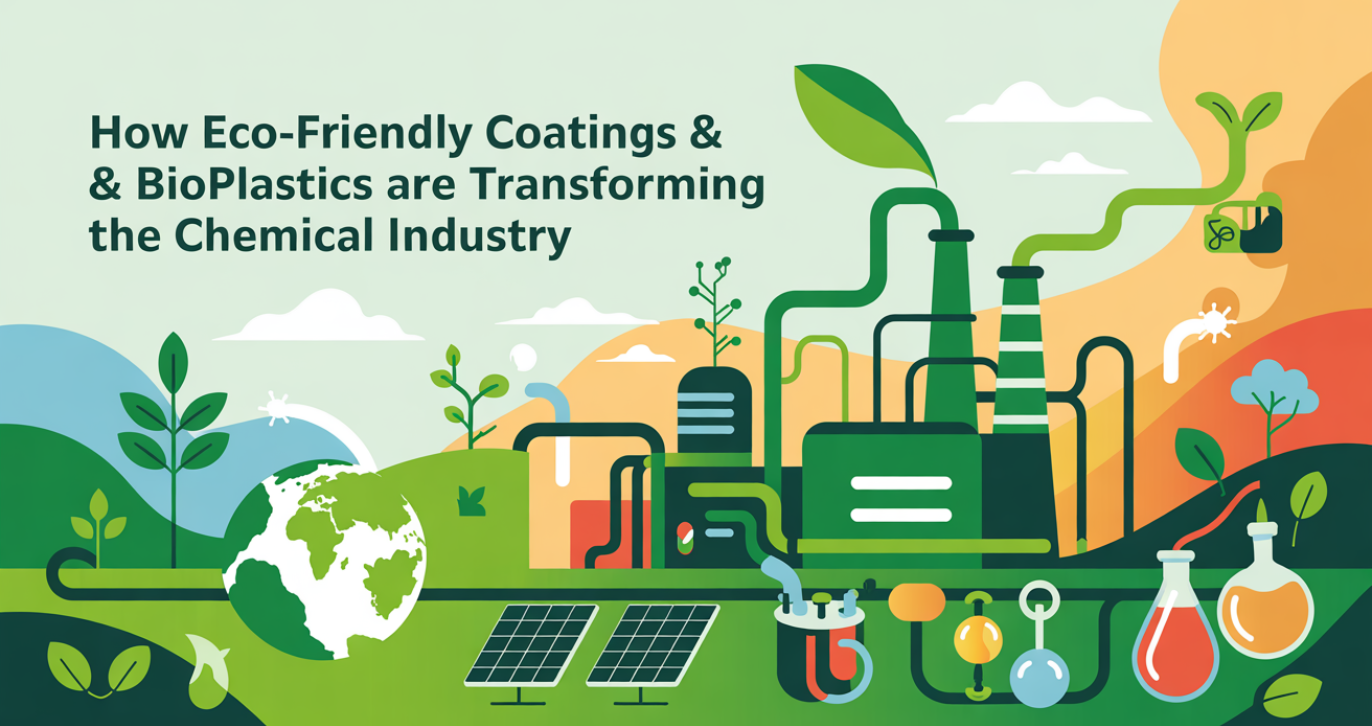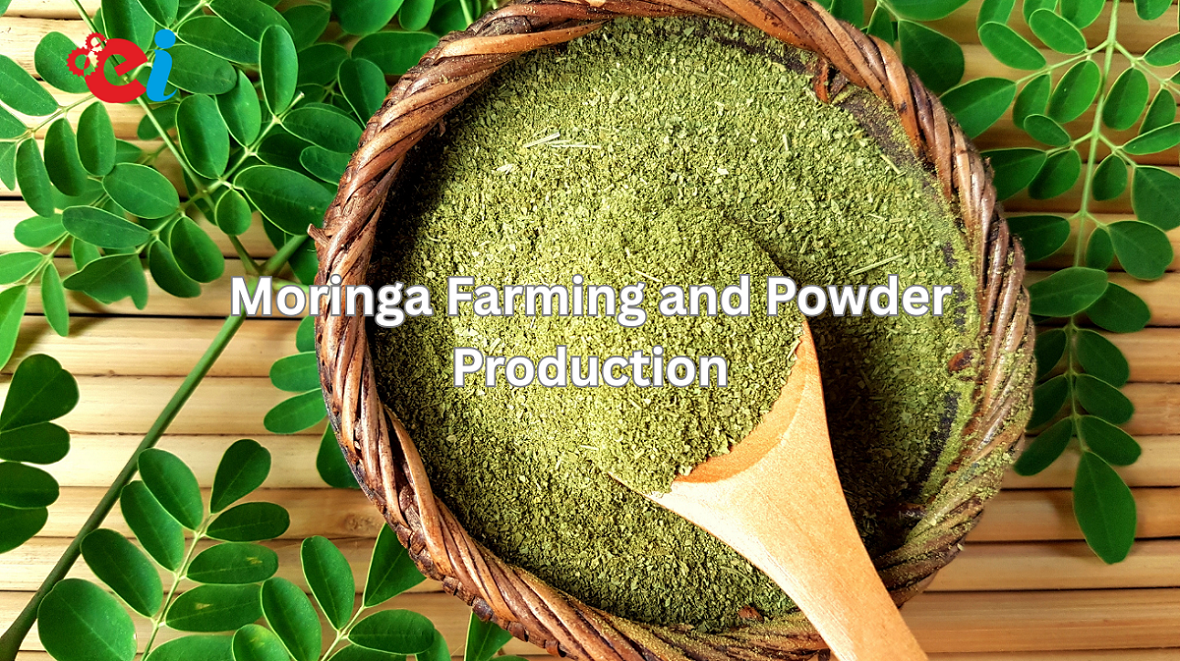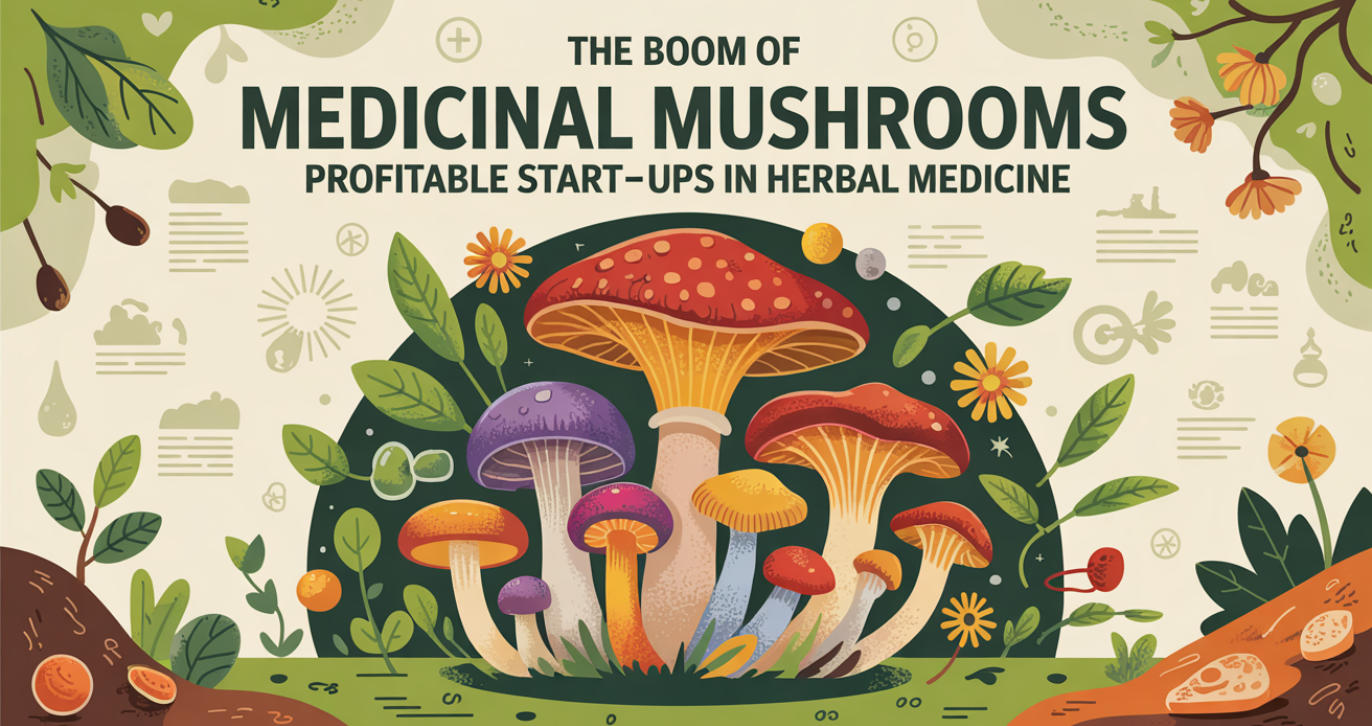Attention is growing to the sustainable issue and greener alternatives, and thus much transformation is occurring in the chemical industry. These changes largely come from innovations such as green coatings and bioplastics-green materials that bring about a reduction in environmental impacts at a high level of performance. This blog explains how eco-friendly coatings and bioplastics are co-producing the transformation of the chemical sector into a greener future.
The Demand for Green Materials:
Synthetic coatings and plastics are two of the major sources of disturbance in the natural environment, given their high carbon emissions and the hazardous, non-biodegradable finish that remains in the natural ecosystem for centuries. Some reasons for the demand for green materials are
- Environmental Regulation: Environmental controls are strict worldwide on the chemical production industry.
- Consumer Demand: Consumers actively look for green alternatives to apply pressure on industrial transformation.
- Corporate Social Responsibility: Corporations now look at sustainable development as a prime aspect of their corporate social responsibility (CSR) goals.
- Technological Innovation: Advances in material science made sustainable alternatives affordable and feasible.
Green Coatings: A Greener Alternative
Old coatings have VOCs, contributing a lot to air pollution and related health adversity. Healthier alternatives derived from non-toxic and biodegradable materials are eco-friendly coatings.
Different Types of Eco-Friendly Coatings:
Water-based Coatings:
- Water-based coatings negate the harmful emission of VOCs, as opposed to solvent-based coatings.
- Example: Low VOC paint applied indoors and outdoors.
Powder Coatings:
- A solvent-free option providing durability and efficiency.
- Widely used for automotive, appliances, and furniture.
Also read our blogs: From Concept to Profitability: The Rise of EcoKraft Solutions
Bio-based Coatings:
- Renewable feedstock input such as plant oils, starch, or lignin.
- Decreased dependence on petrochemicals and thus more biodegradability.
Nanocoating:
- Ultra-thin protective films developed using nanotechnology.
- Imparts strength as well as functionality while cutting down material usage.
- Example: Self-cleaning glass coatings do not require maintenance.
Types of Bioplastics: A Sustainable Alternative to Traditional Plastics
Polylactic Acid (PLA):
- Obtained from sugarcane or cornstarch.
- These biodegradable polymers gained wide-ranging approval in food packaging, beneficiary consumption plastics, and textile industries.
Polyhydroxyalkanoates (PHA):
- PHAs are produced anaerobically in stable environments by microorganisms.
- They have an application in various fields, from medical implants to agricultural film and packaging, as they are biodegradable in either aerobically or anaerobically stable environments.
Starch-Based Plastics:
- Derived from potato, corn, or tapioca starch.
- They make claims to be intended for specific single-use applications such as bags, containers for food, and disposable cutlery.
Bio-Polyethylene (Bio-PE):
- Derived from sugarcane ethanol.
- It has the conventional plastic properties but has a low carbon footprint.
- It’s used in bottles, caps, and films.
Cellulose-Based Bioplastics:
- Are made with wood pulp or cotton linters.
- Mainly used for films, coatings, and rigid packaging.
Industry Applicability and Benefits
1. Packaging Industry
- Bioplastics replace traditional plastics used for food packaging, shopping bags, and disposable utensils.
- Eco-coatings in turn help in making biodegradable and compostable packaging material.
2. Automotive Industry
- Powder coatings involve no toxic emissions while processing the components to improve the durability of the components.
- Bioplastics are also going to save weight and subsequently reduce fuel consumption in interior components.
3. Construction & Architecture
- Low-VOC paints and bio-based coatings will provide benefits for indoor air quality and sustainability.
- Bioplastics are then used for insulation, as flooring, and as wall panels.
4. Textile & Fashion
• Water- and bio-based coatings are hard-wearing, eco-friendly finishes for clothing and footwear.
• Bioplastics can produce degradable synthetic fibers and other accessory products.
5. Healthcare & Pharmaceuticals
• Bioplastic clinical applications such as packaging in medical devices, biodegradability of the syringe, and applications in surgery implants.
• Launch of UV-curable coatings for medical devices and optics.
Challenges And Future
Though eco-friendly coatings and bioplastics are some of the worth if their advantage is great, but possess some challenges in plastic processing industry like
- Higher Costs: At present the cost of production is higher than conventional as new technology advances, this shrinked.
- Limited Infrastructure for Recycling: Many regions still lack proper waste management on bioplastics.
- Consumer Awareness: More education is needed to help consumers understand its merits in terms of sustainable materials.
The Future, however, looks promising:
- Active research makes eco-friendly coatings more durable and cost-effective.
- Bioplastics are now entering large-scale production facilities, setting the stage for mass-scale production.
- Regulatory support from governments pushes the industries to adapt towards green alternatives.
Closing Thoughts
Changing the use of chemicals toward eco-friendly coatings and bioplastics will change the world chemistry to much more innovative solutions towards global environmental concerns. These nontoxic materials will redefine industries without allowing ecological impacts by use acceptance in technology-induced changes towards biodegradation from bio-wastes to low-VOC or zero-VOC paints. These innovations will lead to a better, greener and more sustainable future through chemical innovation as their adoption increases with advancing technology.
Let the businesses, consumers, and policymakers work together to enhance and hasten this transformation and make eco-friendly materials the new standard. Let there be a time for sustainable change!










